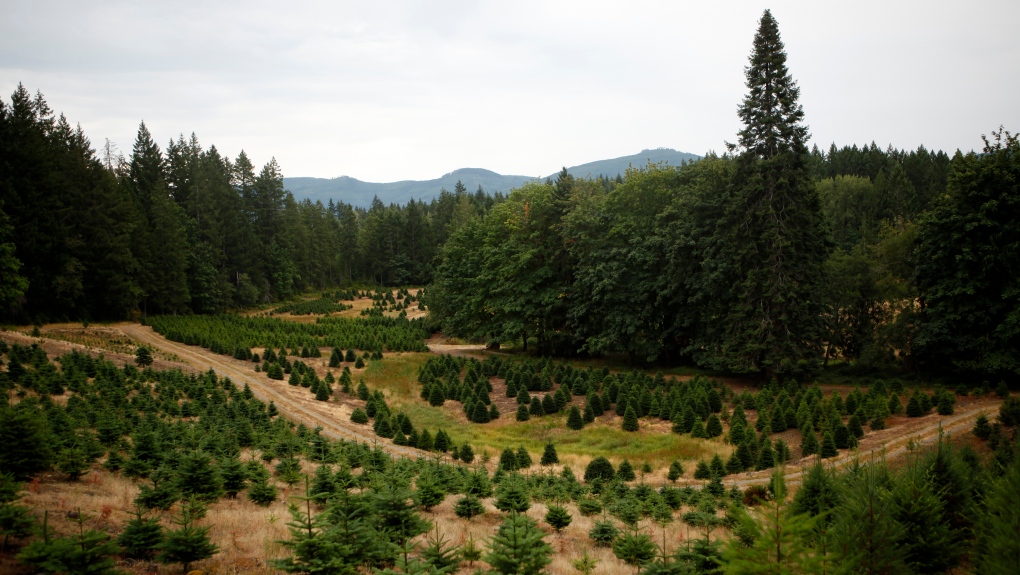
Fir trees are dying at a high rate in Canada’s Pacific Northwest with researchers sounding the alarm for more action to protect forests.
In the wake of severe droughts and heat waves that hit Canada and the United States in recent years, a researcher tells that fir trees have died in record numbers.
Compounding the climatic impact, bark beetles are taking a toll.
“There’s a bark beetle associated with Douglas fir, Lodgepole pine, Balsam fir, and so on,” Suzanne Simard, professor of forestry and ecology at the University of British Columbia said. “Right now, under changing climatic conditions, bark beetles are really having a surge across Canada.”
The small beetles bore through the tree, mining the layer between the bark and the wood, the B.C. Ministry of Farming, Natural Resources and Industry website reads. The insects can cause widespread mortality of trees during outbreaks, the website states.
Beetles will often attack old-growth trees, which can be detrimental to Canada’s boreal forests.
“The Douglas fir bark beetle is certainly active in British Columbia, as well as the Spruce bark beetle and Balsam bark beetles,” Simard said. “When (trees are) under climatic stress, for example, droughts and the heat dome that we had, those all predispose these trees to further infections.”
The largest pine beetle epidemic happened in the 1990s and 2000s in B.C., according to the Ministry of Natural Resources Canada website. More than 18 million hectares of forest were impacted, resulting in the loss of 53 per cent of merchantable pine volume by 2012.
Simard said, if the tree is dead but “in good shape” the wood can be turned into timber and not wasted. This is called “salvage logging” but she said this solution can be overused.
“I think that can go a little bit far, in my opinion, because oftentimes there are healthy trees in and amongst the dying trees, and salvage logging can take healthy trees at the same time,” Simard said. “So I think we have to be very careful to not harvest these areas because the next generation of trees really is coming up under those dying trees.”
Simard says more research is needed when it comes to saving the wood for harvesting.
“We really need to understand the full impacts of doing those kinds of cleaning operations on the ecosystems because it can be quite damaging,” she said.
